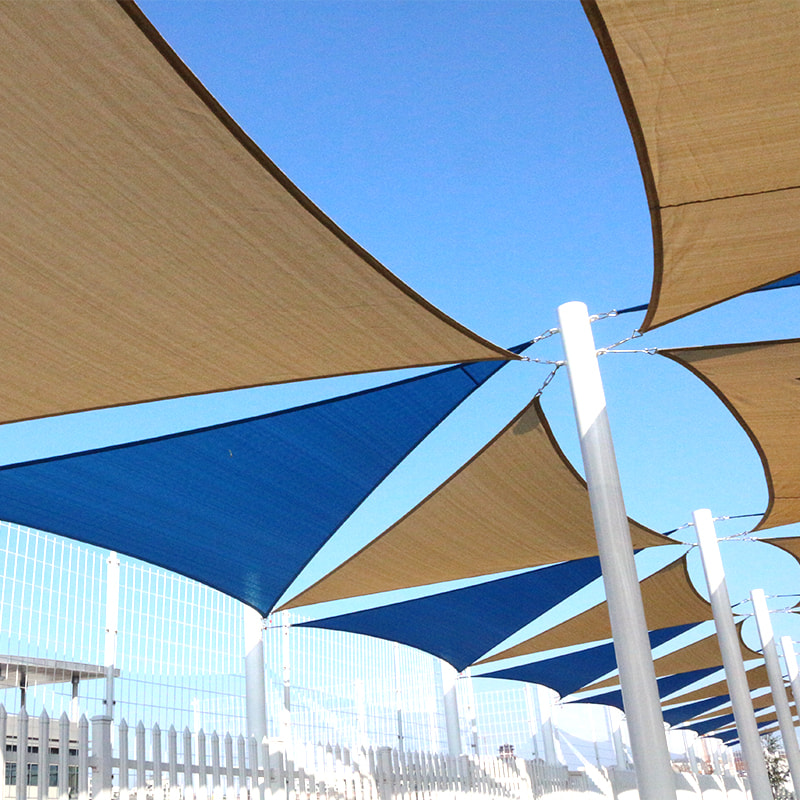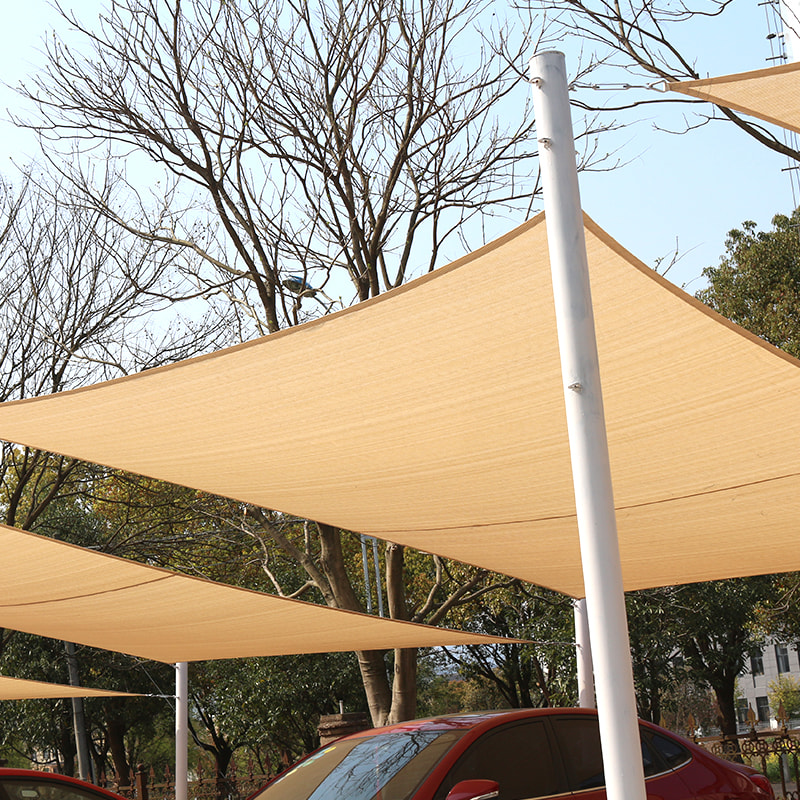Green Buildings on the Rise: Demand for Energy-Efficient Copper Tube Products Surges
As global efforts to combat climate change accelerate, the construction industry is undergoing a profound transformation toward sustainability. Among the materials leading this shift is copper, a time-tested metal now finding renewed importance in modern green building systems. With its superior thermal conductivity, recyclability, and long service life, energy-efficient copper tube products are experiencing a rapid surge in demand worldwide.
A Changing Construction Landscape
Over the past decade, the concept of “green building” has evolved from a niche movement to a global standard in architectural design and engineering. According to a recent report by MarketsandMarkets, the global green building materials market is expected to surpass USD 600 billion by 2030, growing at a compound annual rate of over 10%. Within this trend, copper tubes have emerged as a key component due to their ability to enhance the efficiency and reliability of plumbing, heating, cooling, and renewable energy systems.
Governments and regulatory bodies across the world are tightening building energy codes and introducing incentives for sustainable construction. Programs such as LEED (Leadership in Energy and Environmental Design) in the U.S., BREEAM (Building Research Establishment Environmental Assessment Method) in the U.K., and China’s Three-Star Green Building Evaluation System all emphasize the use of durable and recyclable materials. Copper, with a recycling rate exceeding 90%, fits perfectly into this sustainability narrative.
Energy Efficiency at the Core
The renewed popularity of copper tubes is closely linked to their thermal efficiency. In heating, ventilation, and air-conditioning (HVAC) systems, copper tubing provides superior heat transfer compared to alternatives like aluminum or plastic. This property allows systems to operate with lower energy consumption, reducing both operational costs and greenhouse gas emissions.
In water supply systems, copper’s natural resistance to biofouling and corrosion ensures minimal maintenance and long service life—factors that contribute to the overall efficiency and sustainability of a building. New manufacturing innovations, such as thin-wall copper tube technology, have also reduced material usage while maintaining mechanical strength, further improving the environmental profile of copper products.
“Energy-efficient copper tube solutions have become a cornerstone of sustainable HVAC and plumbing systems,” said Michael Thompson, Senior Engineer at Global Copper Solutions Ltd. “With the rising demand for green buildings, we’re seeing a significant uptick in inquiries from developers and contractors looking for certified eco-friendly materials.”
Innovation Driving Market Expansion
The copper tube industry is actively embracing innovation to meet new performance and environmental standards. Major manufacturers are investing heavily in automated production lines, nanocoating technologies, and low-carbon smelting processes to reduce waste and energy use throughout the product lifecycle.
For example, several leading producers have introduced antimicrobial copper tubes that not only improve hygiene in healthcare and residential environments but also align with green building goals by enhancing air and water quality. Meanwhile, research into recycled copper alloys is helping reduce dependence on mined raw materials, lowering the overall carbon footprint of production.
Additionally, the integration of copper tubing into renewable energy systems—such as solar water heaters, heat pumps, and geothermal exchangers—is expanding the scope of applications. As renewable energy installations multiply, copper’s high efficiency in heat exchange processes ensures that it remains a material of choice for next-generation energy infrastructure.
Regional Market Dynamics
Asia-Pacific currently leads the global copper tube market, driven by rapid urbanization, infrastructure investment, and government-backed sustainability initiatives. China, India, and South Korea are witnessing large-scale adoption of green building standards, with copper tubing demand particularly strong in the residential and commercial HVAC sectors.
In North America and Europe, regulatory reforms and green certifications are driving renovation and retrofitting projects. The European Union’s “Renovation Wave” strategy, which aims to double the rate of building renovations by 2030, is expected to significantly boost copper tube consumption. Similarly, in the U.S., the Inflation Reduction Act provides tax credits for energy-efficient building materials, further stimulating demand.
Latin America and the Middle East are also emerging as growth frontiers, where the focus on climate-resilient infrastructure is spurring new investments in durable materials like copper.
Challenges and Sustainability Goals
Despite its many advantages, the copper tube industry faces challenges such as volatile copper prices, supply chain disruptions, and competition from alternative materials. However, the industry’s commitment to sustainability and circular economy practices offers a path forward.
Leading producers are increasingly adopting closed-loop recycling systems, ensuring that scrap copper is recovered and reused in production. This approach not only conserves natural resources but also stabilizes costs and reduces carbon emissions. According to the International Copper Association, the use of recycled copper saves up to 85% of the energy required for primary copper production.
Environmental certifications and life-cycle assessments (LCAs) are becoming standard practice, allowing architects and developers to evaluate the ecological impact of materials more accurately. The combination of transparency, efficiency, and performance makes copper tube products a strong candidate for projects seeking green building certification.
Looking Ahead: The Future of Sustainable Copper
As construction continues to evolve toward net-zero emissions, copper’s role in sustainable infrastructure is expected to deepen. The next generation of copper tube products will likely feature smarter designs, integrated sensors, and IoT-enabled monitoring systems to optimize performance in real time. Such innovations will make copper not only a passive material but an active contributor to energy management.
Moreover, collaboration across the value chain—from mining companies and tube manufacturers to construction firms and policymakers—will be essential to scale up the adoption of energy-efficient copper solutions. Industry experts predict that by 2035, nearly 70% of all new buildings in developed regions will incorporate copper-based components designed specifically for energy conservation and recyclability.


 English
English Español
Español Deutsch
Deutsch












